April 23, 2017
Martha O'Kennon
Tuesday I turned off the heat. It's a bit chilly but not enough to convince me that this is the real thing. Nature is still unrolling all her surprises. The big surprise seems to be the tulips and grape hyacinths: I bought those bulbs about 20-25 years ago. They have straggled through but never died out before. But this year each little batch of bulbs has proliferated - you can see that each grouping is all the same color. Usually tulips get testy if their bulbs have moved up to the top - and you're SUPPOSED to rebury them but I haven't ever done that. And better yet, the squirrels have't .even snipped off the flower at the top of its stalk.
Some of you know me well enough to know why I am always tied up emotionally in April (If all goes well, it may come to pass in another month or two too.). It involves raccoons and amphibians. But you will have to wade through almost the whole blog before you can see if you were right. Please keep tuned in till then!

The redbud is in full bloom now and the primroses have gotten fat and healthy. This is supposedly an "antique" variety. They're called "lace primroses." And the few trilliums left in the far back garden have been ripening secretly.
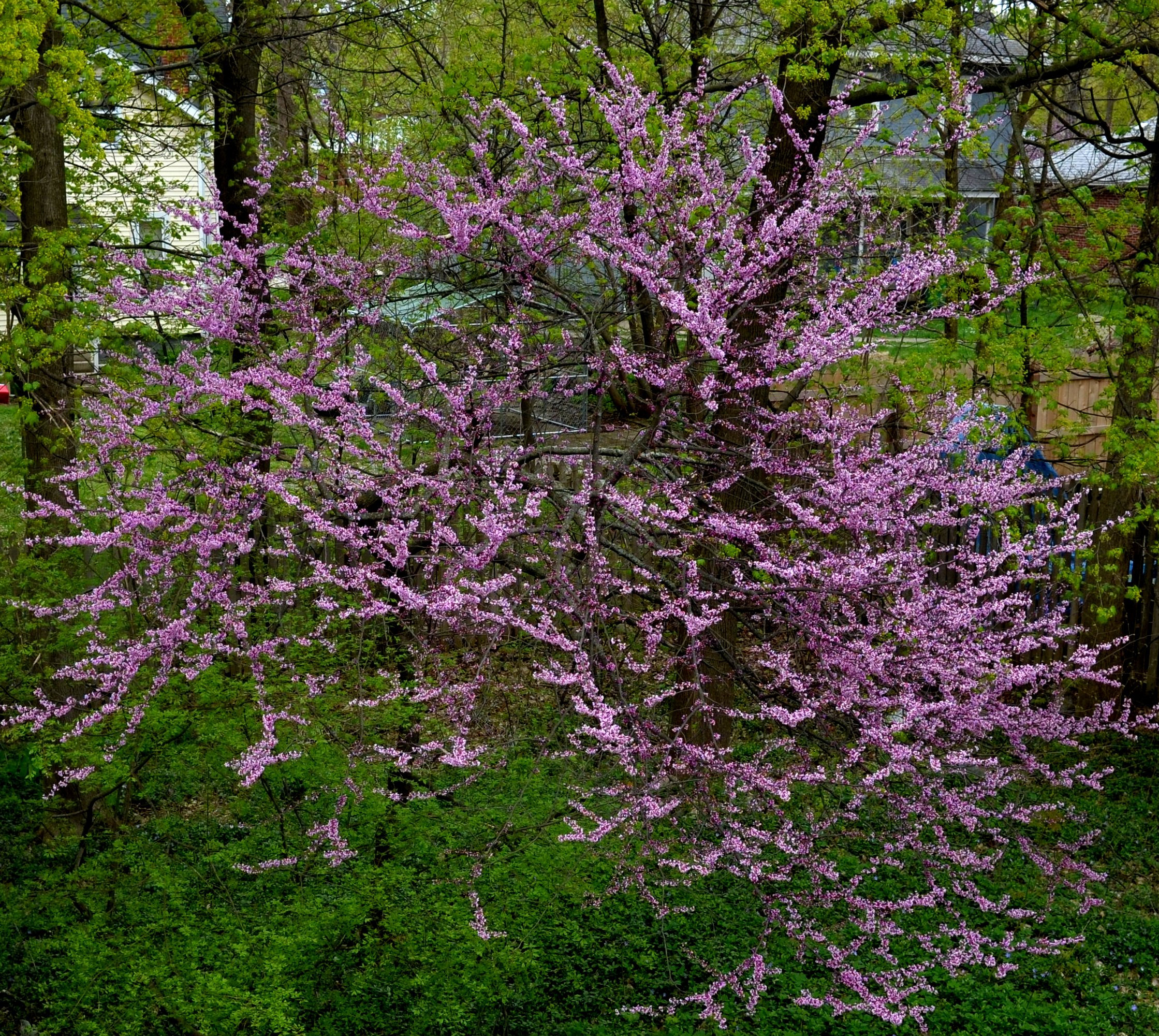
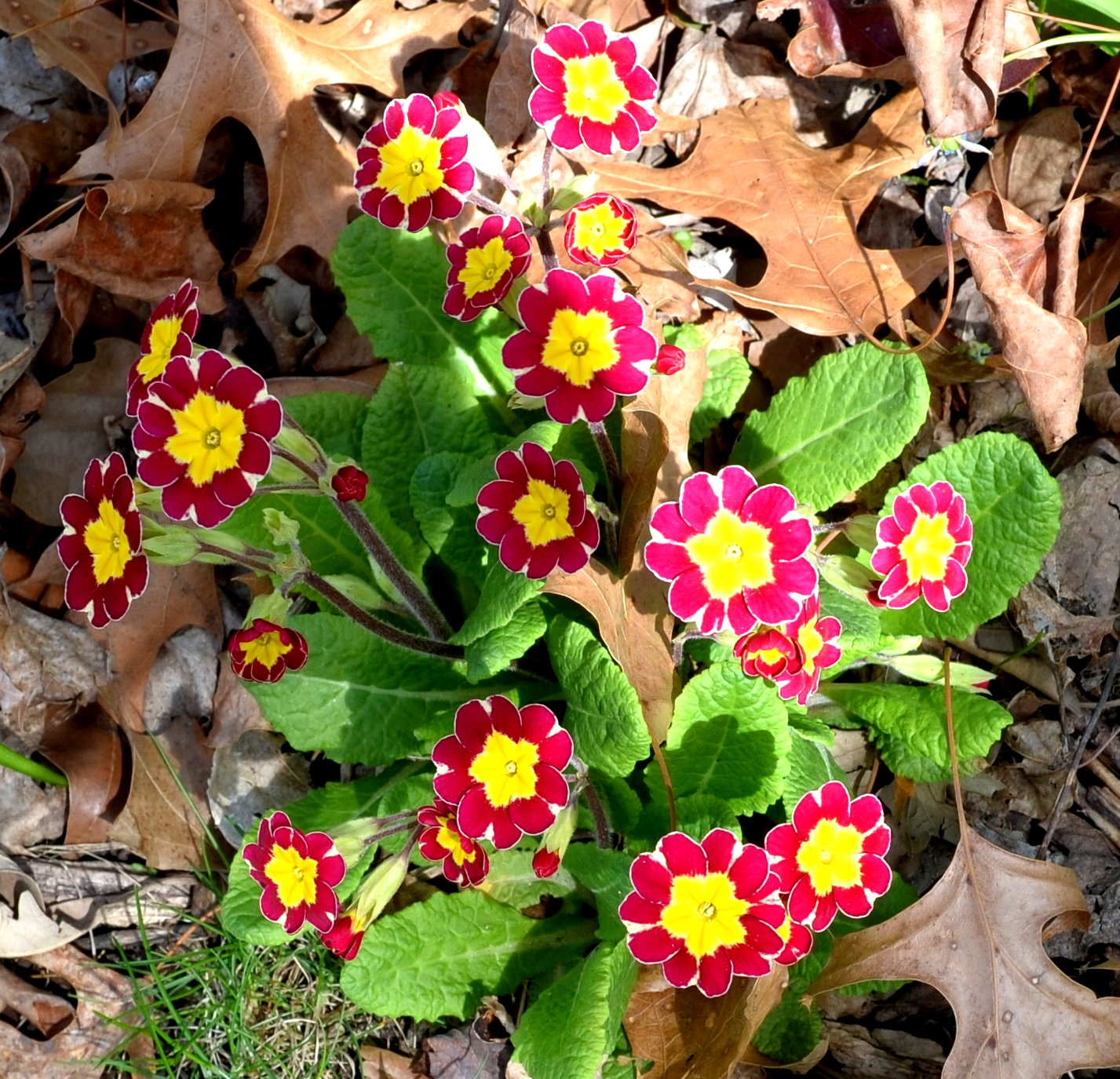
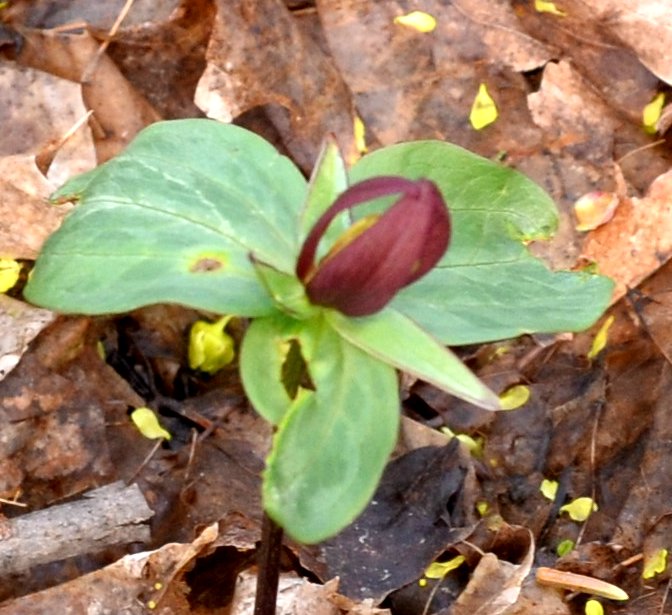
Remember that there is information in the name of the file for each image. You can see it by mousing over the image - look at the lower left of the screen.
Or you can click on the image to get to the (usually) larger image. Then the info is displayed in the address line above.
I've finally been reading up on the so-called "carpenter ants". It seems that what I have here are mostly various species in the same genus Camponotus. Some have red thoraxes, some are larger or smaller. I still wonder, is this last one a worker of the colony whose queen was the great big orangeish one in last week's blog? Answer: (December 7, 2020) it is indeed a very well-fed worker of that same species.
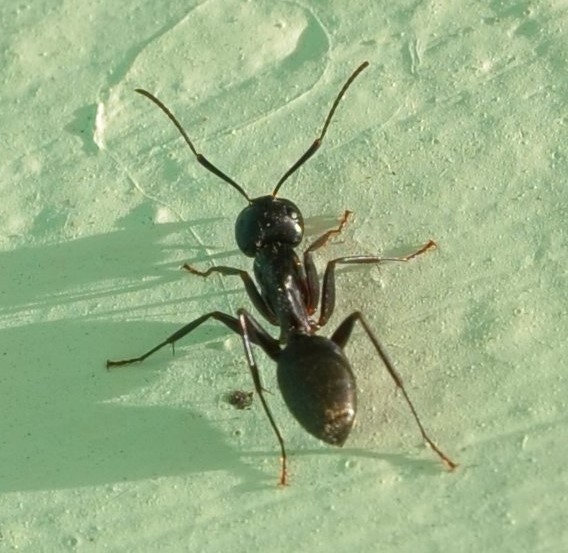
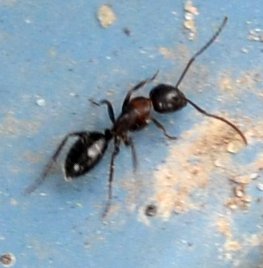
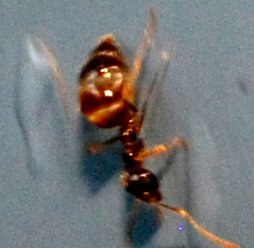
Could this be a worker ant moving some eggs or very young larvae from place to place? Finally, an ant-mimic called a Diapriid. Though it isn't an ant, it is still in the order Hymenoptera.
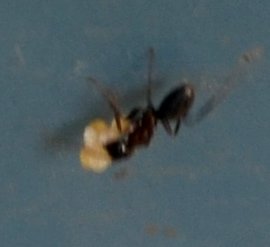
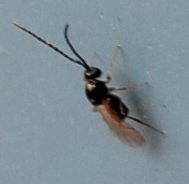
Bees have been slowly showing up and sitting still long enough for a portrait. You have already seen the honeybees at lunch on the crocuses. I have been watching the Carpenter Bees: they are huge bumblebees with an all-black abdomen and they are the ones whose buzz is so loud! Too bad I haven't had one stand still for you. This one seems to be a close call for genus Lasioglossus. This golden beetle appeared while I was on a nighttime prowl. And this one is an Asian lady beetle. Don't get fooled by the bright redness of this one. The Asian lady beetles can come in many colors - just because it is pretty bright red doesn't mean it is the homegrown variety. If it has a "W" or a "M" on its collar, it is descended from the Asian lady beetle strain.
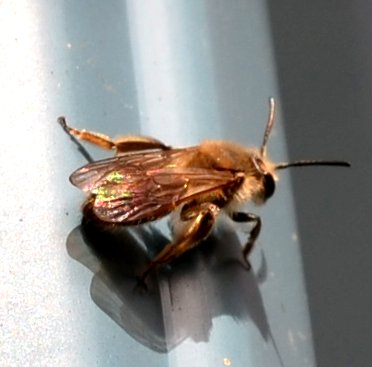
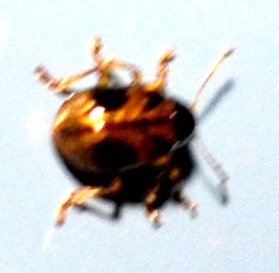
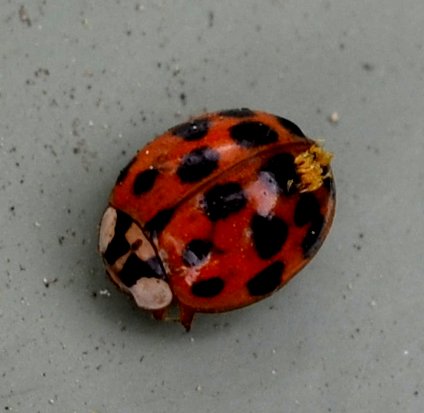
This little fellow looks like some very generic small beetle. Or maybe a Jackalope. (December 7, 2020 - it is a Puffball Beetle, Genus Caenocara.) But its antennae don't look like any of the antenna patterns we're taught to look for. It has that one longish segment. We had quite a number of tiny beetles, like this orangeish one and this little Turpentine-lookalike one.
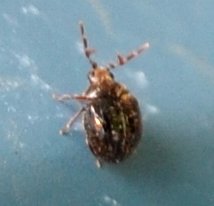
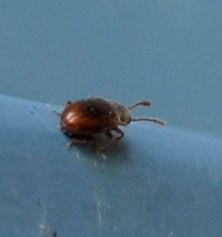
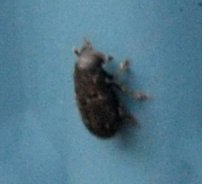
The weevils are starting to come into their ascendency. Here we have a tiny black one, which seems to have white pompoms for feet; a larger very pretty one and a small greyish one.
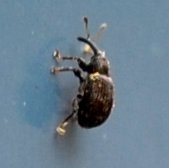
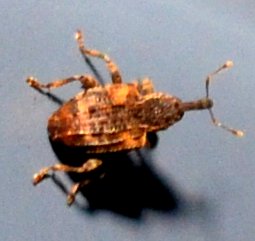
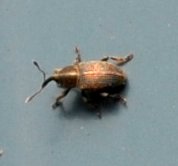
And yet another redbud bruchid - this is the color they take on at night under a flashlight. And another beetle, which is still a mystery to me.

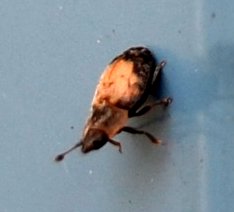
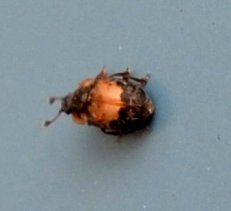
This little assassin bug nymph was the most colorful ever! And this little damsel bug nymph with its rostrum (slurpifier) packed under its chest is probably the earliest stage I've ever seen - virtually no wings at all! If I didn't know this little leafhopper (genus Eratoneura) as a nymph lived on oak [leaves] or poison ivy (Reference: Bugguide data), I would have thought this little one was aiming for that creature it seems to be reaching for!
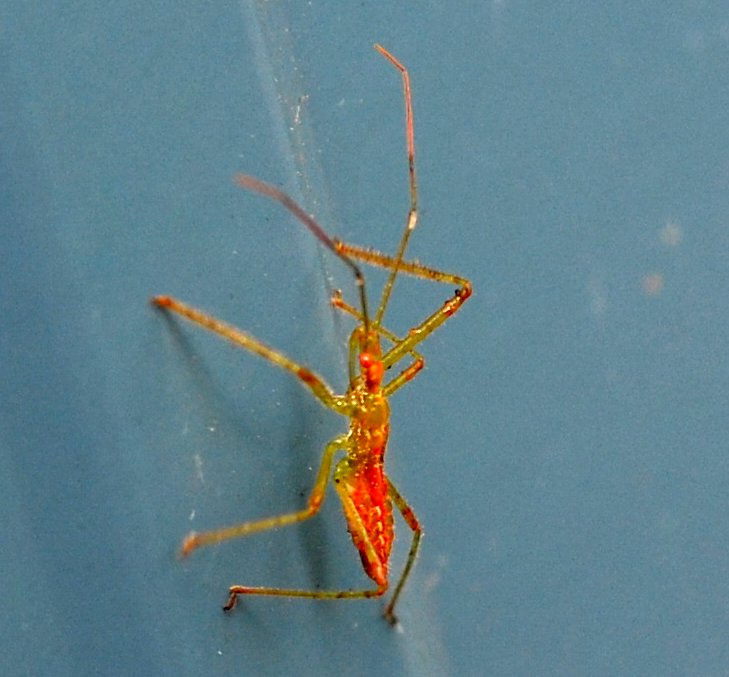
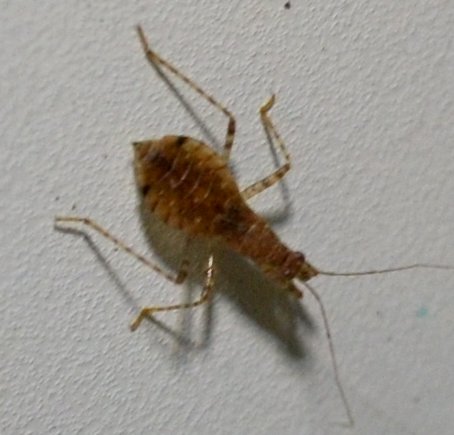
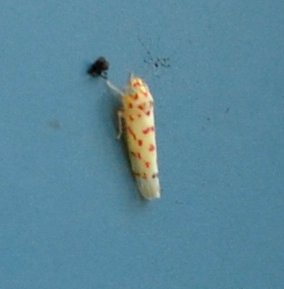
This tiny bug is a very pretty reddish color. The white-margined Burrower bug is out aplenty these days. And here is a really nice reddish stink bug, for which I haven't heard any bad news, so just admire it!
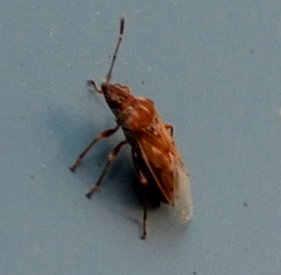
 night 4 17 17 2.jpg)
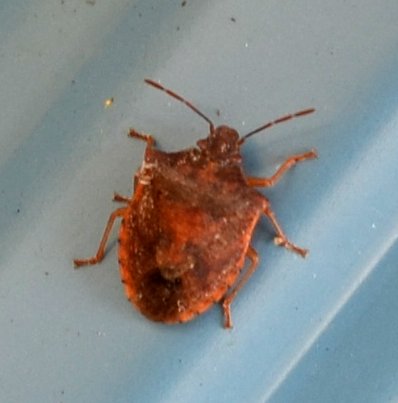
Here we are among the flies once more. Some people see this first one and think it is a ginormous mosquito! It's a harmless crane fly, but you can see the family resemblance. Next is one of those very large midges, followed by a large fly which is probably the flesh eater (Sarcophagus).
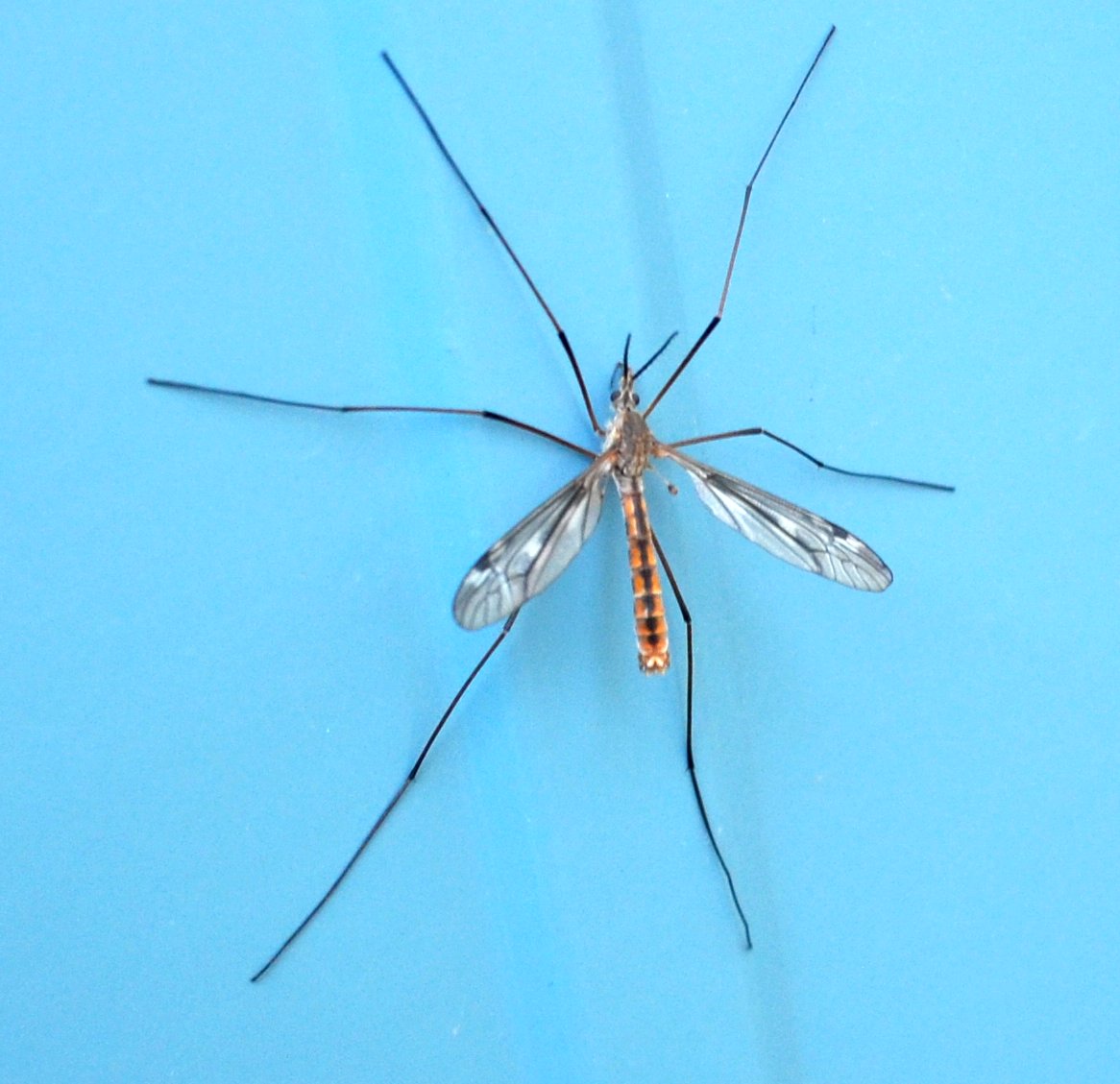
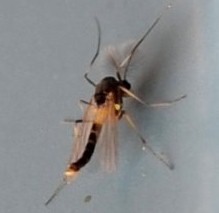
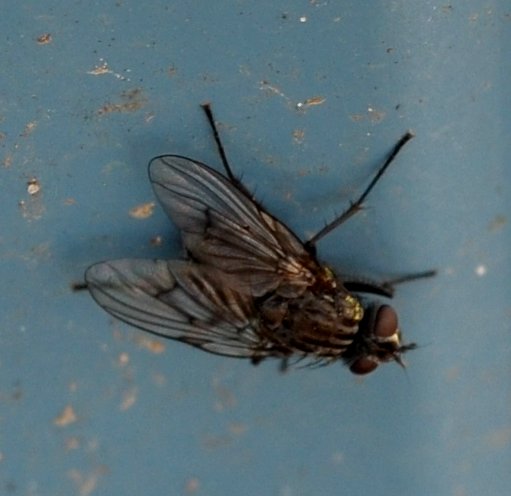
This bright red fly is one of my favorites - it is related to many other flies, like this very small [what is probably some kind of marsh fly] one, and this last one also.
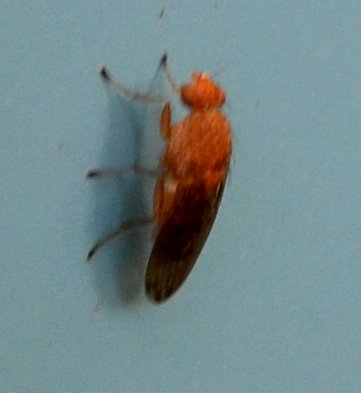
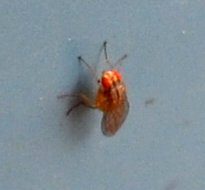
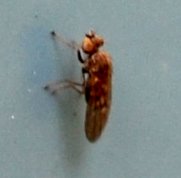
Here are a couple more flies that I wish I knew the names of. The second one - is it a fly or a moth? It'a a fly that looks like a moth. This was a night photo and so it could have been clearer, sorry! The third creature is a brown lacewing, not a fly but a nocturnal Neuropteran.

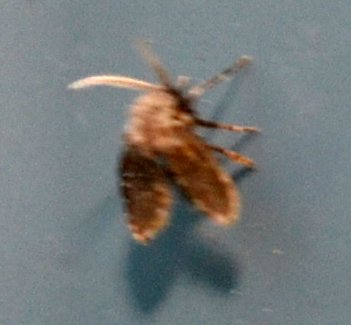
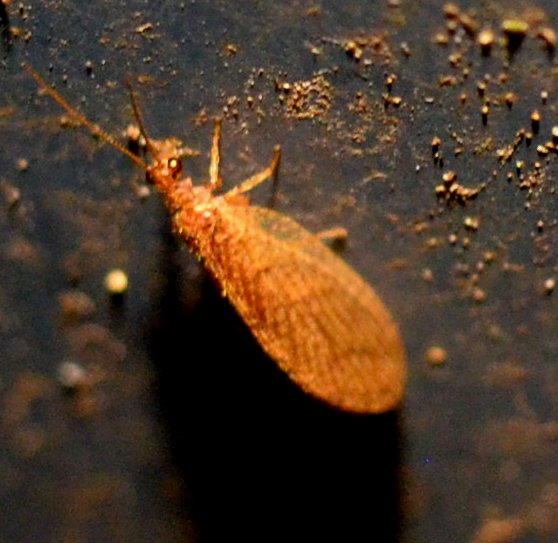
Here are a few pillbugs.
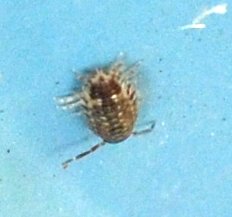
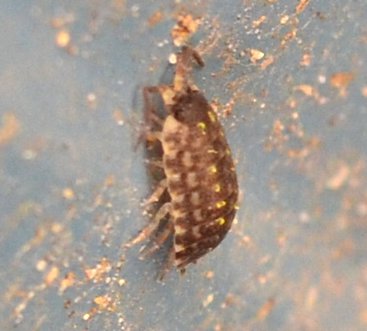
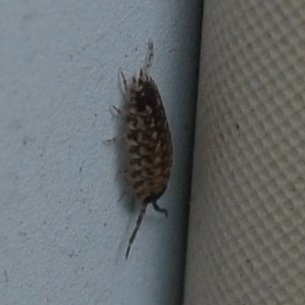
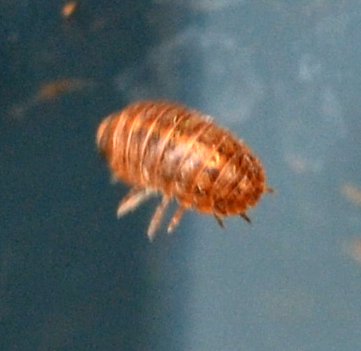
Just a quick hop over to the primroses. Here are a magenta one with large flowers, a white one, and that red one we have been watching for a while as it came into its own.

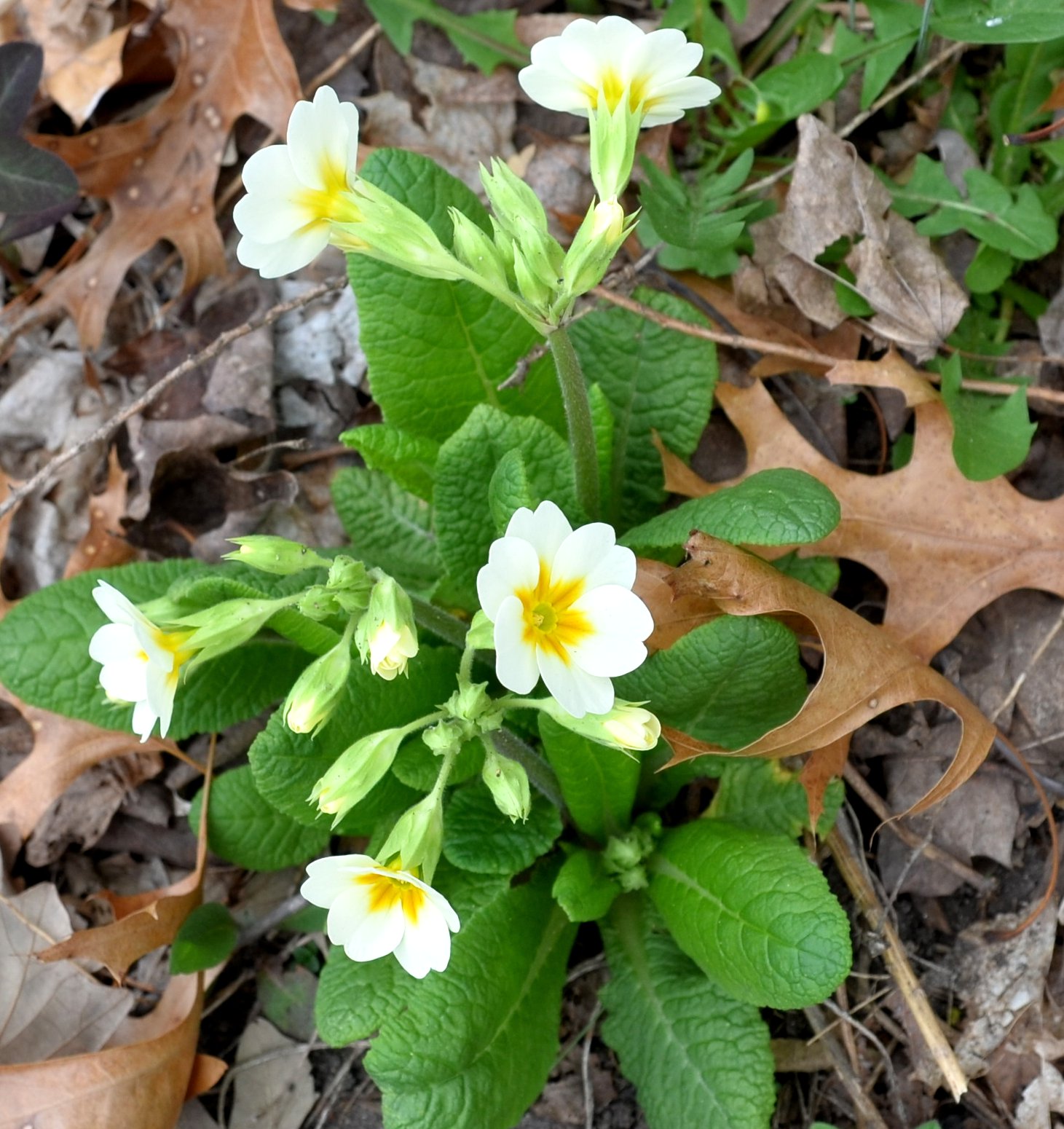
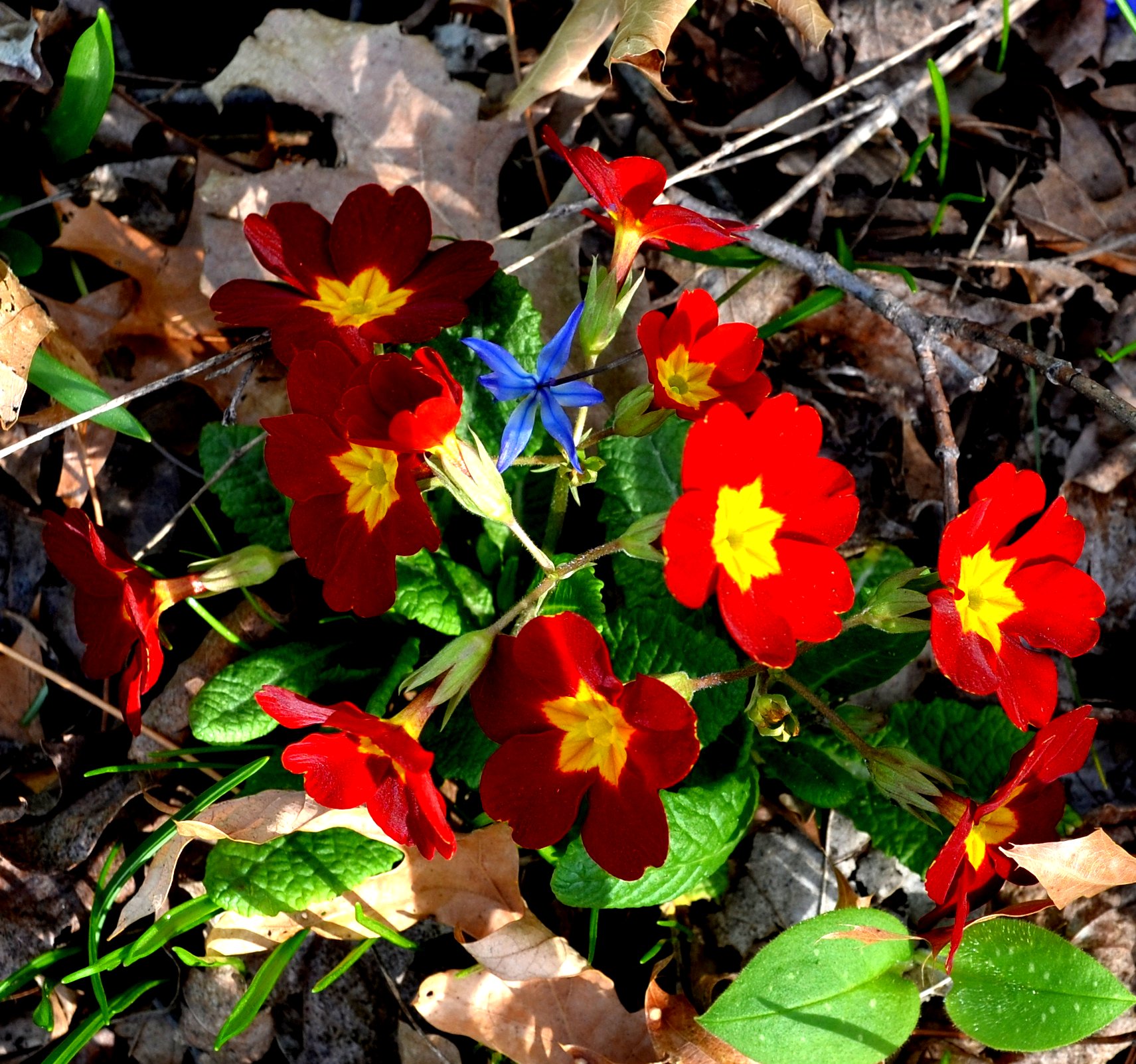
Let's check out the spiders.This is the first time (this year) this red mite has been seen running about near the ground beside the shop. This very light-colored spider turned out at night - it seems to be a Common House Spider, and did not like the flashlight. When I first saw this last one, I saw the dulcimer-shaped mark on it and thought immediately - oh no! This is the brown recluse with the violin insignia. So I went looking for what a brown recluse looked like. Here is what the real brown recluse looks like
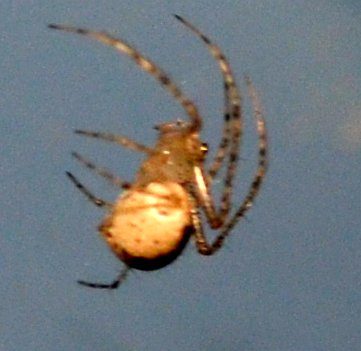
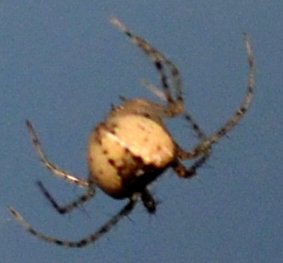
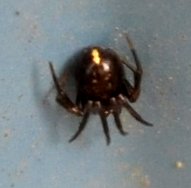
Do you remember the D.Trump face on the common house spider?" Well, sometimes it looks like this first one. And sometimes like this fellow. The third image is probably a tiny cobweb spider. And certainly a male - look at those mitts (oops, I mean those pedipalps)!

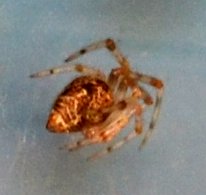
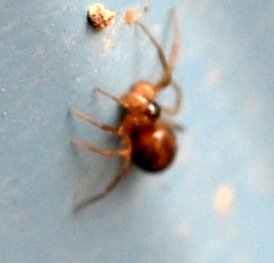
I wonder which of our 8-legged friends skinnied out of this skin. We have been following this tiny spider for several weeks -when it seemed to be developing markings that are more and more like the markings of one of the pirates. Then: probably another of those cobweb weavers.
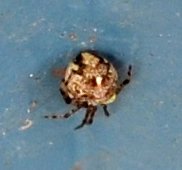
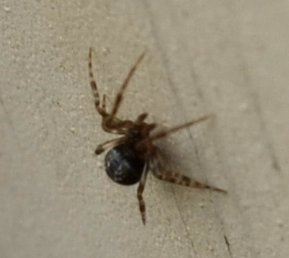
Here's another probable cobweb spider (its abdomen is round), but it seems to have a picture 0f a butterfly on it. Then a ground crab spider, or one of its close relatives. Then a jumping spider.
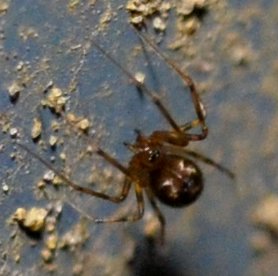

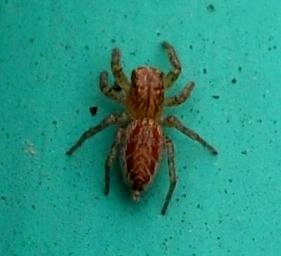
Speaking of jumping spiders, identification can be quite tricky. This spider, for example, looks now like (#2) Maevia inclemens, that jumping spider that takes on different color patterns, but it could also be (#3) Pelegrina proterva. As you know, the angle of light can make a huge difference. (That's one of the things that makes macro photography both provoking and exciting.)
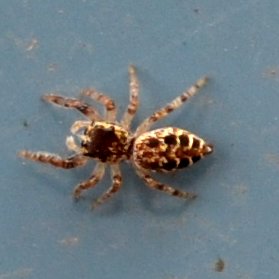
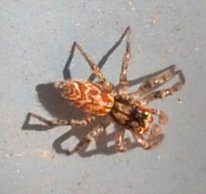

Here is a nice shed spider skin. I wonder who it could belong to. Well, I looked around to see if any spiders had changed appearance, and finally found this spider. It is rather larger than most of the tiny spiders, and has the right looking legs. We can't be sure but the spider does look as if it could have appeared by chance, or it could have come from that skin, and I'm voting for the skin.
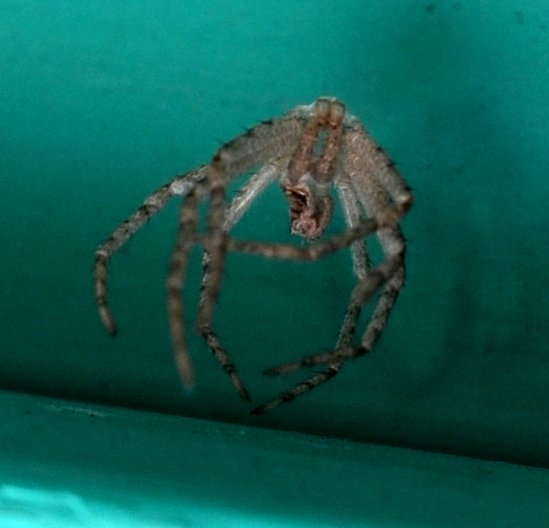
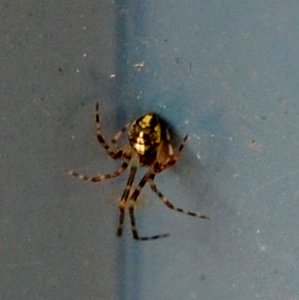
I've been seeing this spider for a while and had been calling it Mangora gibberosa. The first view here does resemble that spider, but after submitting the two pictures to Inaturalist.org, a colleague finally was able to blow that identification out of the water, and say it is actually a juvenile Leucauge venusta, which is a gorgeous gorgeous orbweaver, the Orchard orbweaver. Would you have seen that the one could grow up into the other?
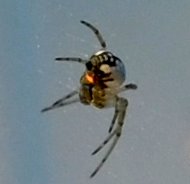
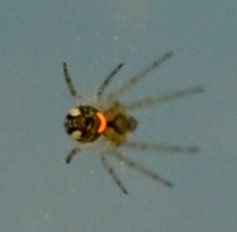
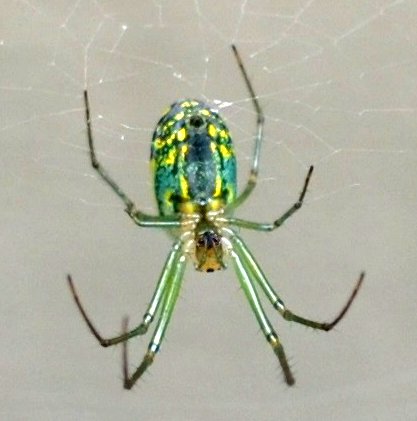

Y'know, I think I mentioned to you that there would be a surprise. Well, a few days ago, a couple of American toads began trilling for mates. Then on the 19th of April, in the afternoon, I heard one trillng from under my deck. As you know, if you have read my project report , for several years, the raccoons have been savagely killing "my" toads, resulting in smaller clutches of eggs and hence tadpoles for the next generation. My friend Jackie gave me two big rolls of chicken wire and it's been sitting in my workshop for a year. So this year, when one little American Toad had ensconced himself in the pond, I covered it longitudinally with the netting and the next morning, even though the netting seemed to have been pushed down into the water, there were a pair of toads mating on top of the netting. That night, they were still in amplexus (mating position) and yesterday morning there was a big pile made of strands of gel with eggs spaced cleverly inside, toad eggs! A much bigger mass of eggs than last year, when they only had about a third that much actual eggs before being interrupted.
Here you see the pond covered with netting, a mating pair and an extra male in the pond before netting was put down(there was one other male in a different place. Last year there were 10 males and one female.), and finally the pile of eggs on the bottom of the water in the evening of the 21st. On the 22nd, the egg mass began to float on the surface of the water. We just have a bit to wait before we will begin to see tiny dot tadpoles.
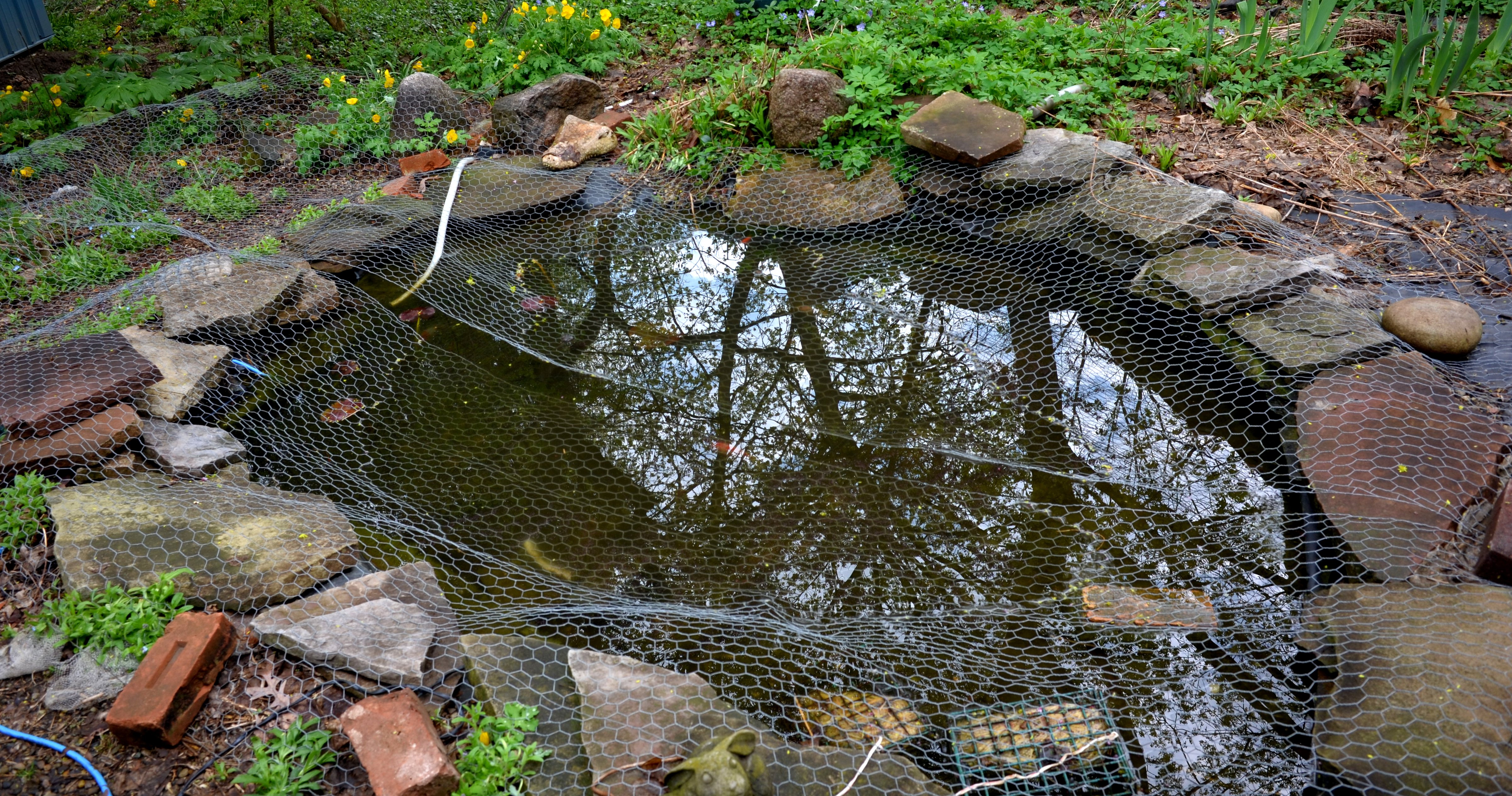
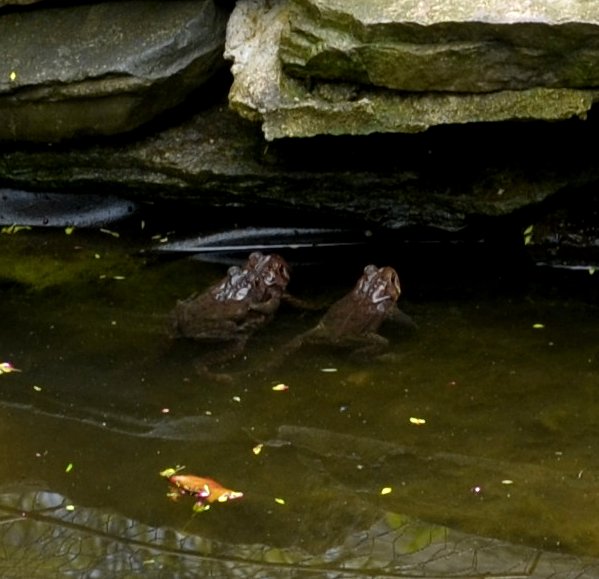
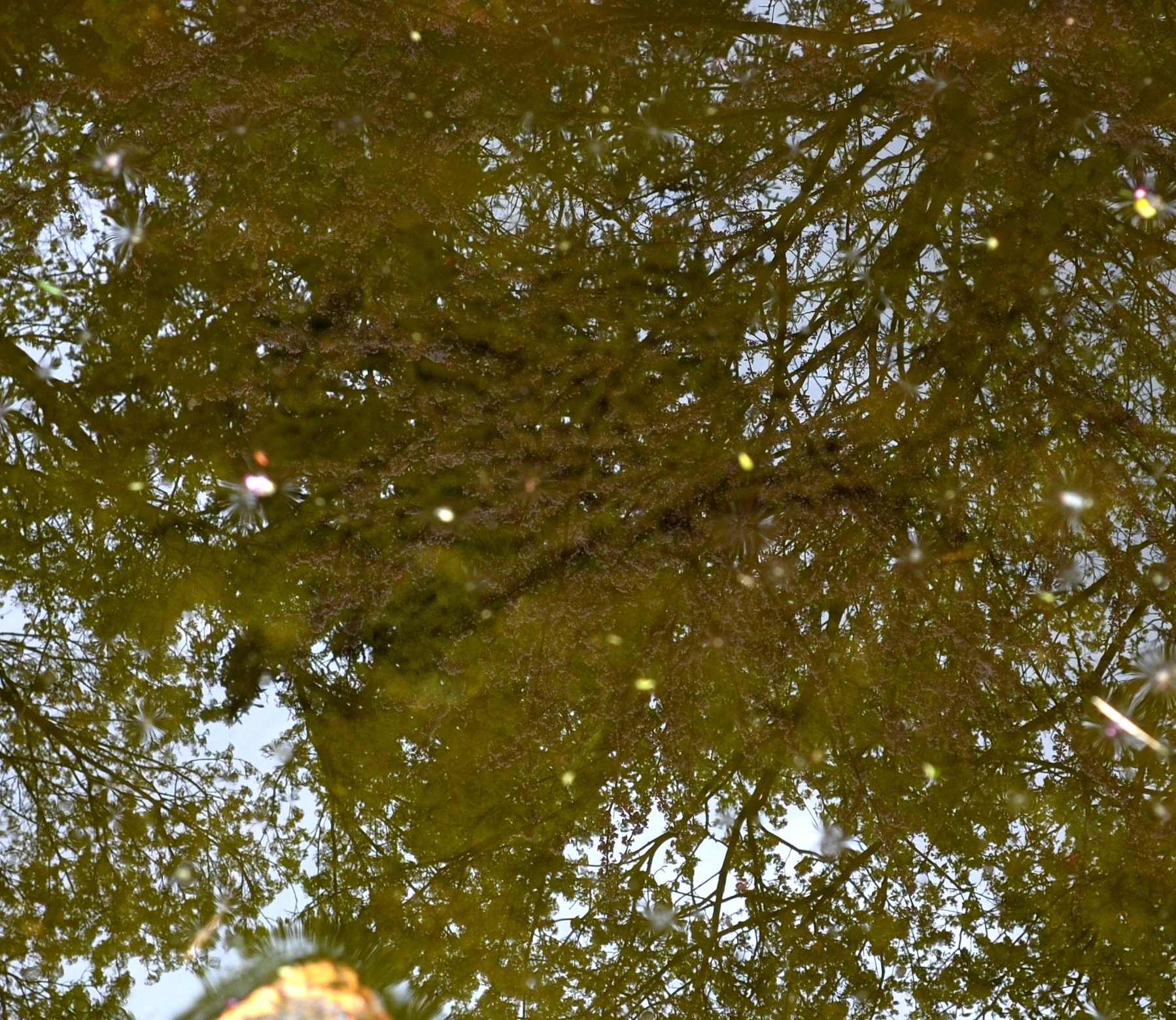
Everyone please cross fingers and hold thumbs for the little colony. A lot can happen in the course of raising a batch of baby toadlets. Lovely weather to all!
Love, Martha
Back to April 16, 2017
Forward to April 30, 2017
Back to 2017 menu
Back to main menu


























 night 4 17 17 2.jpg)







































